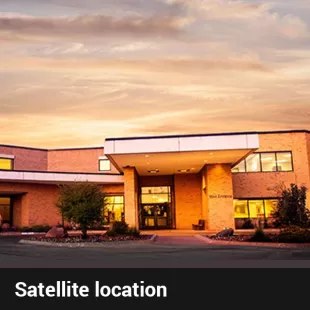Lung cancer is the leading cause of cancer-related death in the United States. Our lung cancer screening program uses low-dose CT scans to detect lung cancer in the earliest stages, when it is easier to treat. Lung cancer screening is a regular preventative health check recommended for people who are high risk. The screening is safe, painless and takes less than 10 minutes.
Do I need a lung cancer screening?
We provide low-dose CT screening for people who meet all the following criteria:
- Between the ages of 50 and 80
- Current or former smoker
- Have a smoking history of at least 20 pack-years
Pack-years is a way to measure smoking exposure that considers how long and how much you have smoked. You can calculate it by multiplying the number of years you have smoked by the number of packs you smoke every day. If you have smoked a pack a day for the last 20 years or two packs a day for the last 10 years, you have 20 pack-years.
If you meet the criteria above, you are at a higher risk of developing lung cancer. Early detection of lung cancer nodules through preventive screening increases your chances of receiving effective treatment. Schedule your screening by calling 402.559.5600.
If you are a current smoker and would like support in quitting, we strongly encourage you to participate in our smoking cessation program.
Is this screening covered by insurance?
Lung cancer screening is covered by Medicare and most private insurance plans.
What to expect
Our team of lung screening specialists includes pulmonologists, radiologists and thoracic surgeons who are experts at lung imaging.
We use low-dose CT scans, which use less radiation than a regular CT scan, and effectively detect lung disease in the safest way possible.
Once we get your initial low-dose CT scan results, we will determine if your follow-up will be every 12 months or sooner. A growth on your lung doesn’t necessarily mean cancer. Lung nodules are common, and our experts follow recommended national guidelines for further testing and follow-up care.
Schedule your screening online or by calling 402.559.5600.

Our Locations
-
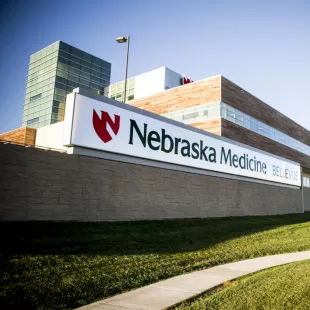
Fred & Pamela Buffett Cancer Center - Bellevue Health Center
2510 Bellevue Medical Center Drive, Suite 250
Get Directions
Bellevue, NE 68123 -
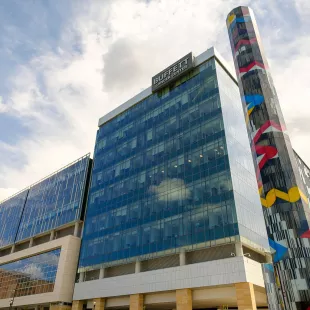
Fred & Pamela Buffett Cancer Center - Nebraska Medical Center
505 S 45th St.
Get Directions
Omaha NE 68105 -
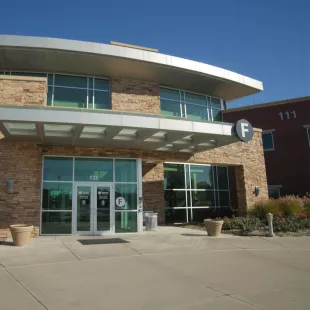
Fred & Pamela Buffett Cancer Center - Village Pointe Health Center
111 N 175th St.
Get Directions
Omaha, NE 68118 -
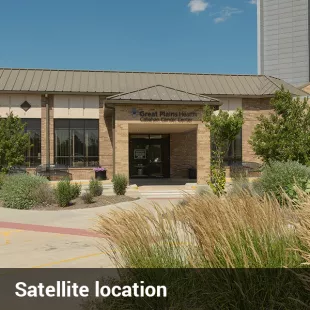
-
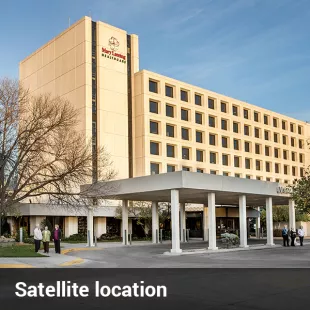
Thoracic Surgery Clinic at Mary Lanning Healthcare (Grand Island)
Mary Lanning Healthcare
Get Directions
Morrison Cancer Center
3563 Prairieview Street, Suite 100
Grand Island, NE 68803 -
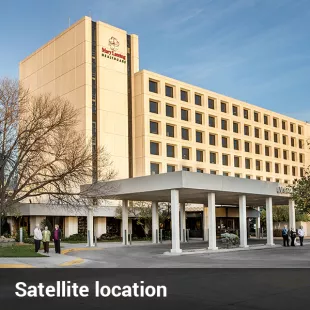
Thoracic Surgery Clinic at Mary Lanning Healthcare (Hastings)
715 N St Joseph Ave.
Get Directions
Hastings, NE 68901 -
